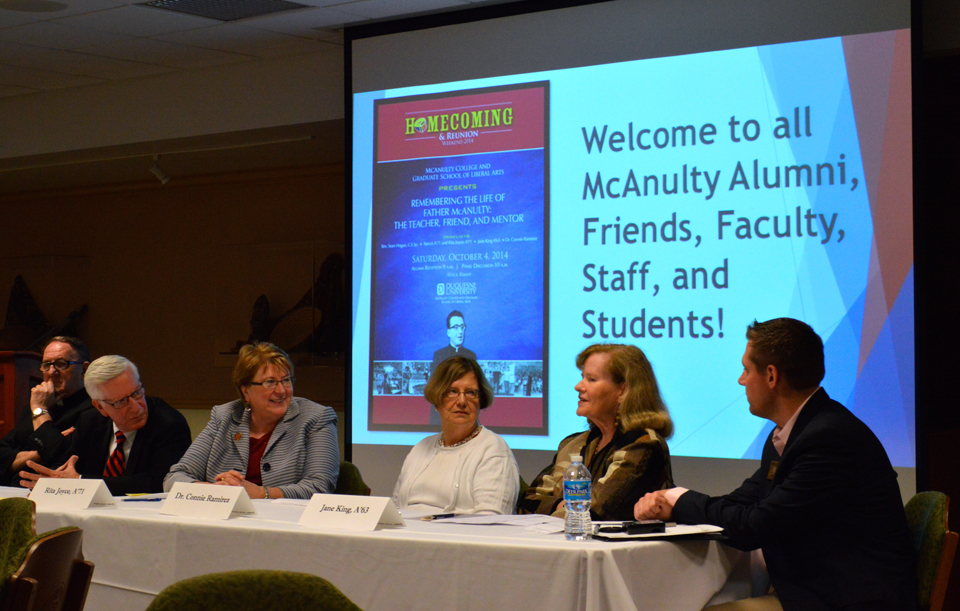By Carley Thieret | Asst. Opinions Editor
It is no secret that many people can’t go a day without technology. Recently, technology has been guiding education in a new direction by assisting students with autism and other disabilities with learning and development. It is inevitable that technology shapes the world around us, especially throughout the last decade. Often times we are asked to put our cell phones away or to stop surfing the web in class, but recently products such as the iPad have been improving education for children with special needs in a new and innovative way.
According to data compiled this year from the autism science and advocacy organization, Autism Speaks, 1 in 68 kids in the United States has autism. In our fast paced culture and society these kids need a way to communicate and interact, and that is where they have found their niche with technology. Using technological devices such as the iPad allows students with autism to think visually and break down difficult concepts at their fingertips.
I once babysat a 7-year-old boy who has autism and Down syndrome. I was nervous as to how I would communicate with him, as he struggles to speak. My fears eased immediately when he showed me his iPad. From the moment he typed in the passcode to when he showed me his favorite YouTube clip, it was incredible the way he navigated this device. He used the iPad not only to play but to learn as well. He utilized the educational games that help with word building and language formation, as well as sharpening his math skills.
When I spoke to his mom after the first time I babysat him, I explained to her how amazed I was at his ability to navigate the iPad. She informed me that the iPad not only helps him with learning in the classroom, but with social interaction. Because of his limited communication, the iPad gives him a chance to interact with other students. Classmates enjoy showing him new games and playing with him on the iPad during recess. It not only helps sharpen his cognitive skills but also improves relationships with his peers. Technology is his own way of communicating and learning, because not only is it customized to his pace, but it is easy to navigate.
According to CNN, tablets have replaced a number of tools for parents and educators, and are now the primary resource outside the classroom with popularity increasing in the classroom. Many schools and educational programs are receiving grants to purchase tablets to aid in the interactive learning process.
Interactive learning is fundamental to our students today. I know that I am not the only person out there who learns by seeing and doing. I always have a better learning experience through hands-on learning versus studying a text book.
Gone are the days where students learn simply by lecture and taking notes. Interaction at a young age helps students remember what they are learning while doing so in an enjoyable manner.
Especially for students with autism, this technological surge not only benefits the students but those assisting them such as faculty members and other peers. The iPad and tablets have done wonders for students with autism who do not have the motor skills to hold a mouse. The touchpad eliminates the stress needed to navigate a traditional computer.
The iPad and other forms of modern technology have helped to break down the barrier between non-verbal students and their peers. This allows for unity in the classroom and collaboration between students, making sure that no student feels left behind, something that is important, especially at a young age.
Along with this, the creation of tools for non-verbal and students with autism is eliminated with the new technology offered within the classrom. The time it takes to make cue cards and laminated Velcro picture tools for nonverbal students is eliminated. Picture matching games are accessed with the touch of your finger in the app store.
Jordan Sadler, a speech therapist who has designed apps for Apple explained to CNN that introducing tablets to children with special needs has taken educators and therapists out of the dark ages in regards to offering visual support to their students. Sadler stressed the iPad’s ability to give students access to what they want right away. Feeling in control is key to students, especially those with autism, so having the ability to watch clips repeatedly or play a game at any time of the day is a major benefit. With the assistance of the iPad and other tablets, students with disabilities can become equally part of the classroom and learning experience.
We always hear our parents and grandparents say how different things used to be without cell phones and computers. The truth is this technology is here to stay, and it is only going to advance further as we as a society continue to develop and produce, so why not embrace it?
Technology has so many positive benefits. I saw it right before my eyes with the boy I babysat, and I know that so many other students experience the same benefits from iPads and tablets. There is always room for improvement, both in technology and in education, but it is exciting to see what the future holds for the students who get to experience this collaboration.
Carley Thieret is a junior multiplatform journalism and advertising major and can be reached at thieretc@duq.edu




